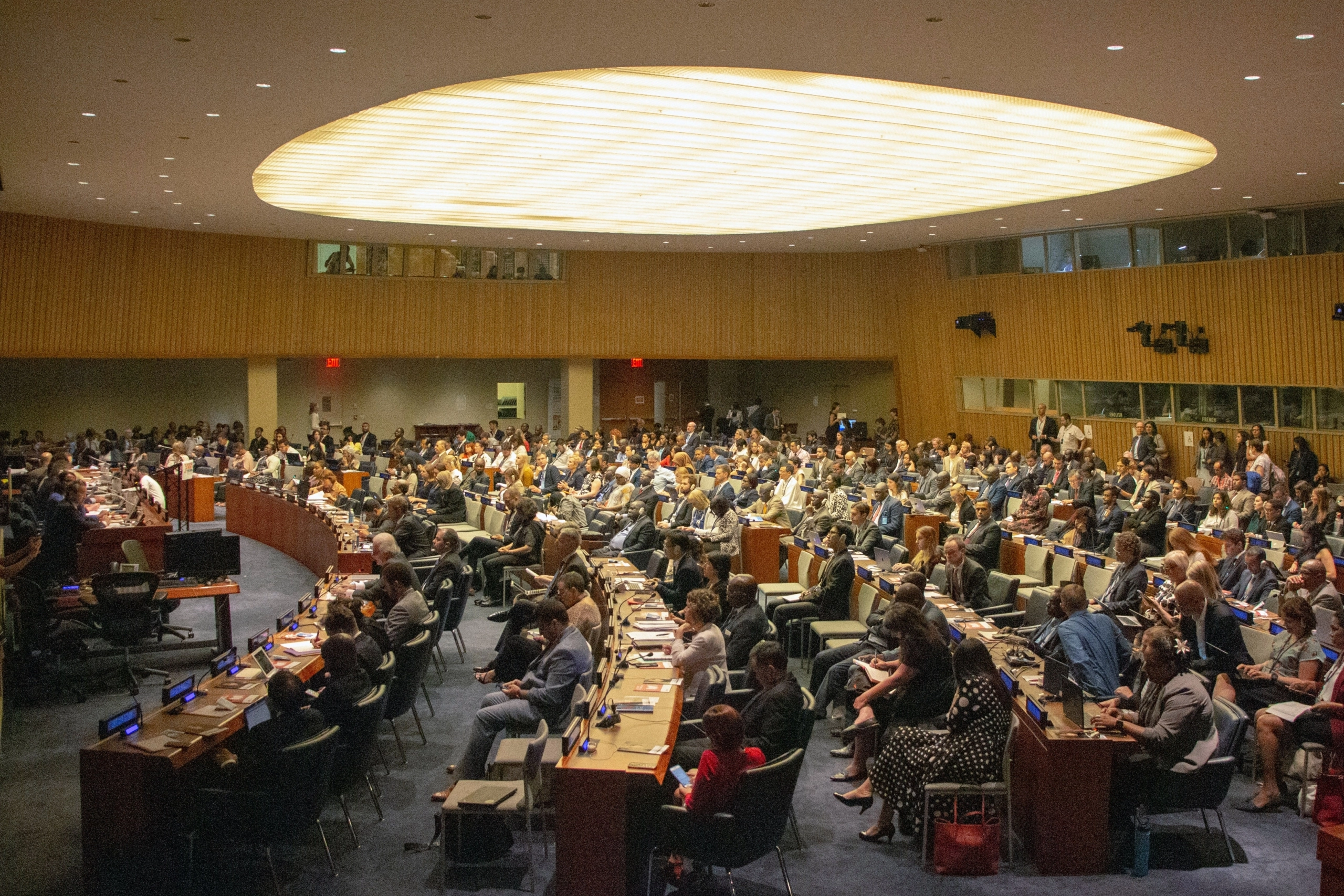
Inkoopkracht van de overheid benutten
In het nieuwe rapport wordt de aandacht gevestigd op het grote inkoopvolume van de overheid en de mogelijkheid om dit aan te wenden voor de benodigde transitie. Lokale, regionale en nationale overheden kunnen hun inkoopkracht gebruiken om nichemarkten te creëren en de vraag naar producten en materialen met een lage CO-emissie te stimuleren. De CO₂-Prestatieladder wordt in het rapport specifiek benoemd. Hierover staat vermeld dat bedrijven in Nederland bij overheidsopdrachten een concurrentievoordeel kunnen behalen door certificering volgens de CO₂-Prestatieladder.
Opties in alle sectoren
Om de opwarming van de aarde te beperken, zijn grote transities in de energiesector nodig. Dit betekent een substantiële vermindering van het gebruik van fossiele brandstoffen, wijdverbreide elektrificatie, verbeterde energie-efficiëntie en het gebruik van alternatieve brandstoffen (zoals waterstof).
Steden en andere stedelijke gebieden bieden ook grote kansen voor emissiereductie. Deze kunnen worden bereikt door een lager energieverbruik (zoals door het creëren van compacte, beloopbare steden), elektrificatie van vervoer in combinatie met emissiearme energiebronnen en meer koolstofopname en -opslag met behulp van de natuur.
Om de uitstoot in de industrie te verminderen, dienen materialen efficiënter te worden gebruikt, producten te worden hergebruikt en gerecycled en dient afval tot een minimum te worden beperkt. Deze sector is goed voor ongeveer een kwart van de wereldwijde uitstoot. Oplossingen zijn nieuwe productieprocessen, emissiearme en emissievrije elektriciteit, waterstof en, waar nodig, koolstofafvang en -opslag.
Landbouw, bosbouw en ander landgebruik kunnen grootschalige emissiereducties opleveren en ook koolstofdioxide op grote schaal verwijderen en opslaan.
Landen dienen meer te investeren
Het rapport toont aan dat, hoewel de financiële stromen een factor drie tot 6 keer lager zijn dan het niveau dat in 2030 nodig is om de opwarming te beperken tot minder dan 2°C, er wereldwijd voldoende kapitaal en liquiditeit is om dit gat in de benodigde investeringen te dichten. Dit is echter afhankelijk van duidelijke signalen van regeringen en de internationale gemeenschap, waaronder een betere afstemming van de overheidsfinanciën en beleid.
Download rapport en beleidssamenvatting
Climate Change 2022: Mitigation of Climate Change (Engels) op ipcc.ch.